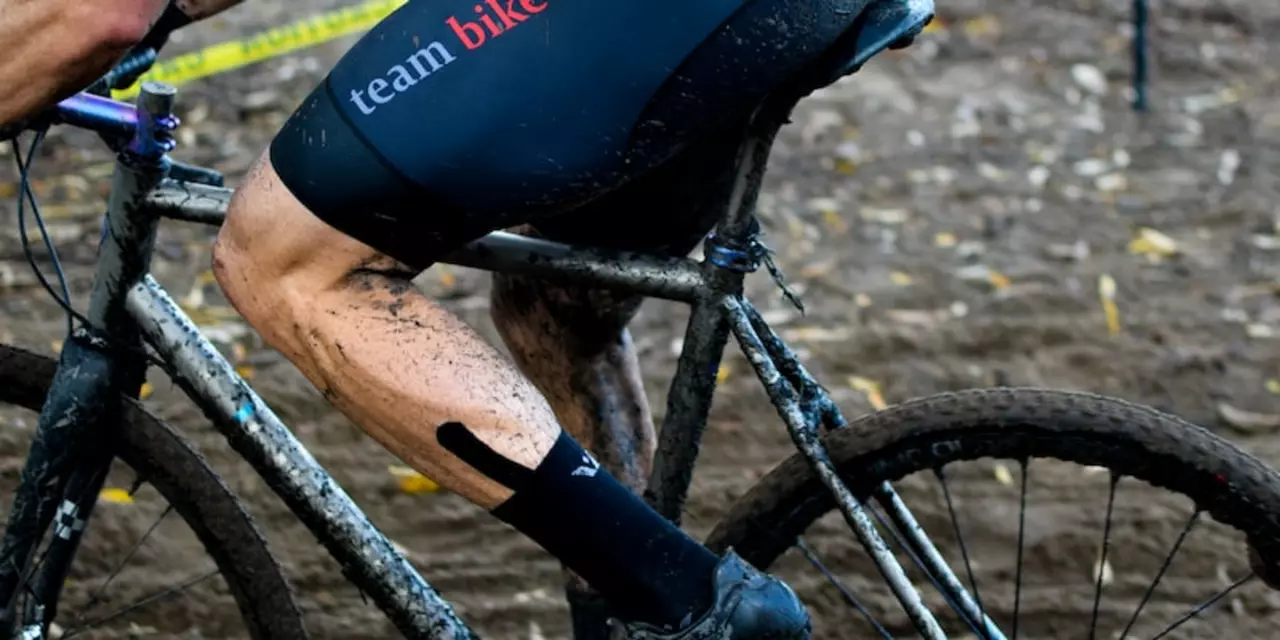Safety Tips for Horseback Riding – Keep Yourself and Your Horse Protected
Riding a horse is amazing, but safety should always be your first thought. A simple slip or a missed cue can turn a fun day into a painful one. Below are the most useful habits that every rider can adopt, no matter if you’re a beginner or a seasoned competitor.
Wear the Right Gear Every Time
The single most effective safety measure is a certified riding helmet. It’s not just a fashion statement; a proper helmet absorbs impact and can mean the difference between a bruise and a serious head injury. Look for certifications like BSI or ASTM, and replace the helmet after any hard knock or every five years.
Next, choose sturdy boots with a small heel. The heel prevents your foot from sliding through the stirrup, which reduces the chance of being dragged if you fall. Gloves protect your hands from blisters and give you a better grip on the reins, while a well‑fitted chest strap keeps you from being thrown forward when the horse bucks.
Know Your Horse and the Environment
Every horse has its own quirks. Before you mount, take a minute to check the horse’s mood, ears, and overall health. A horse that’s nervous or sore is more likely to bolt or buck. If you notice signs of discomfort, speak with a trainer before riding.
Ride in safe locations. Trails with clear signage, good footing, and low traffic are ideal. Avoid steep drops, slick mud, or areas with hidden obstacles. When you’re on a arena, stay within the designated riding ring and respect any posted rules.
Even a short ride can become risky if you’re not prepared for sudden changes. Practice emergency dismounts in a controlled setting so you can react calmly if the horse spooks.
Practice Solid Riding Basics
Balance and posture are the foundation of a safe ride. Sit tall, keep your shoulders relaxed, and engage your core. When you’re balanced, you’re less likely to drift off the horse’s back or lose control of the reins.
Maintain proper rein contact. Too much tension can startle the horse; too little leaves you unable to guide it. A light, steady contact lets you give clear cues without yanking.
If you’re learning a new skill—like jumping or lunge work—start slow. Build confidence on the ground before adding height or speed. Your confidence translates into safety because you’ll react more predictably.
Watch for Common Hazards
Bucking is a common reaction when a horse feels pain or is overly excited. If a horse starts to buck, stay calm, keep your seat, and use your legs to signal a stop. Never panic; a sudden grab of the reins can make the situation worse.
Weather matters too. Rain makes the arena slick, and strong winds can spook horses. On hot days, keep your horse hydrated and watch for signs of fatigue.
Lastly, always have a basic first‑aid kit on hand. Knowing how to treat minor cuts, bruises, or a strained muscle can prevent a small problem from turning serious.
Riding safely isn’t about taking the fun out of it—it’s about making sure you can enjoy many more rides. Follow these tips, stay aware, and you’ll ride with confidence and peace of mind.
Why Do Educational Lessons as a BDSM Pro?
Educational lessons in BDSM aren't about thrill-they're about safety, consent, and communication. Learn why experienced practitioners teach, what real safety looks like, and how these skills transform everyday relationships.
READ MOREIn horseback riding are you safer wearing a helmet or not?
This article discusses the safety benefits of wearing a helmet while horseback riding. It explains that helmets are designed to absorb the impact of a fall, which can help reduce the risk of serious injury or death. It also notes that helmets may not protect against all types of injuries, such as those caused by a horse's hooves. The article concludes that although helmets are not mandatory in all countries, experts recommend wearing one when horseback riding for added safety. In conclusion, wearing a helmet while horseback riding is highly recommended for added safety.
READ MORE
